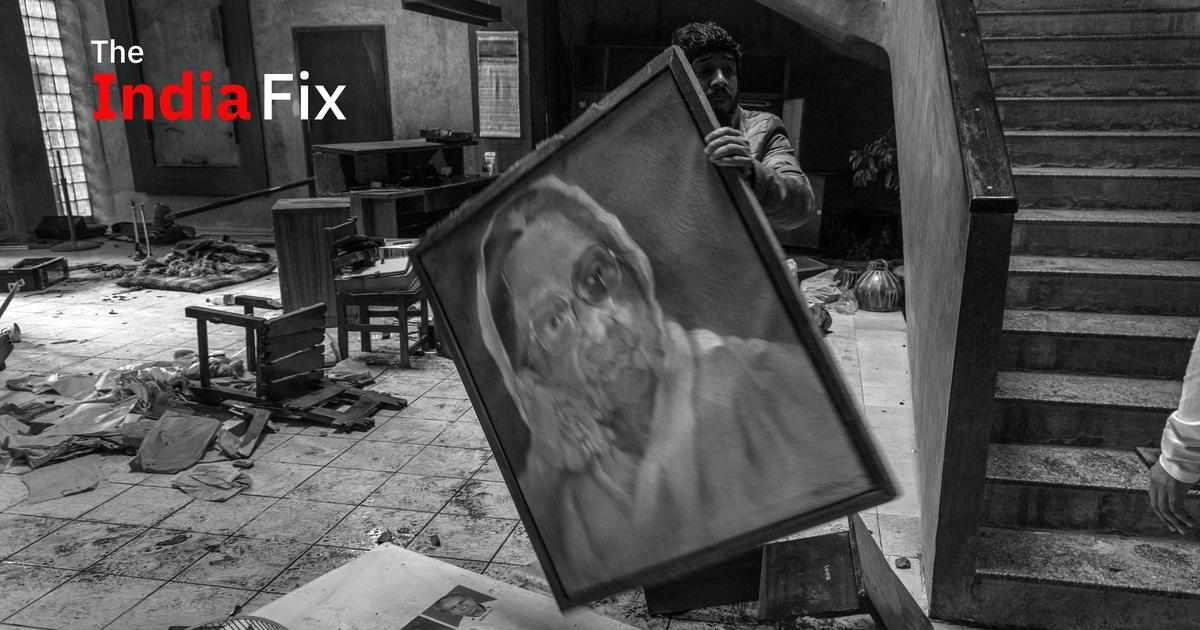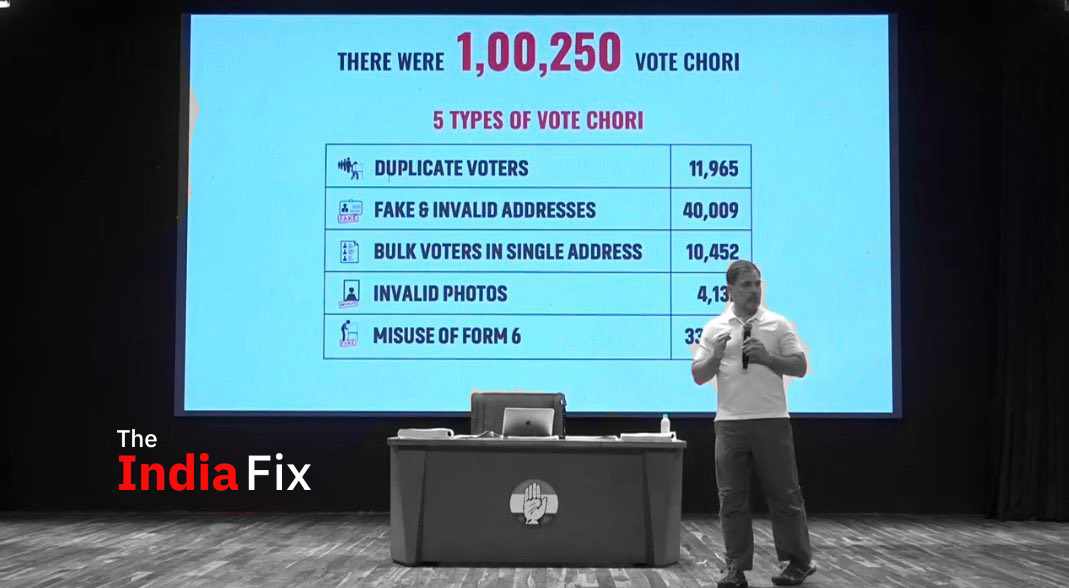
Welcome to The India Fix by Shoaib Daniyal, a newsletter on Indian politics. To get it in your inbox every Monday, sign up here (click on “follow”). Have feedback, interesting links or GST invoicing tips? Send them to theindiafix@scroll.in.
On July 1, India’s Goods and Services Tax regime completed five years. Introduced in 2017, it is without a doubt, the single biggest change in India’s fiscal structure since Independence. With it, a whole host of indirect taxes were subsumed under a single umbrella, with states and the Union agreeing to levy taxes jointly on both goods and services. Before this, the states and the Centre had distinct functions from which they could generate their own revenues.
At its launch, GST was sold to India’s people with much fanfare. Arun Jaitley, the Union finance minister at the time, claimed it would boost economic growth by an incredible 1%-2%. The single, simple tax would increase tax earnings as well as ease compliance for businesses, supporters said.
Overpromise and underdeliver
As is now quite clear, many of those benefits had been oversold. Far from boosting economic growth, we know that in the years just after the new tax was introduced, the numbers actually fell. Some of this was due to external factors. But there is a good argument to be made that at least part if it was directly due to GST itself because it throttled India’s massive, employment-generating informal sector.
Moreover, when contextualised against the growth of the gross domestic product, tax collections themselves have seen only a small bump. While the government has tom-tommed increased collections, experts have pointed out that much of this is simply due to increased inflation and exports, not higher consumption.
Ironically, India could not even realise the primary benefit of a single tax: simplicity. GST has a bewildering eight rate slabs. The complexity means that with the exception of large, multi-state corporations, businesses have seen tax compliance costs rise.
The Centre-state bargain
GST’s sub par performance has had a significant impact on the country’s politics.
GST was supposed to be a grand federal bargain, as the states and the Union pooled their sovereignty to raise revenues. However, the burden of this pooling has not been equally distributed. States have given up significantly more powers than Delhi has.
In fact, the only reason the states gave up their long standing opposition to GST was that the Modi government offered them a bribe of sorts: guaranteed compensation for five years with 14% year-on-year growth in revenues. This compensation was so far above real-world growth rates that states were ready to barter it in exchange for substantially giving up their constitutional powers of taxation.
From the point of view of politicians in the states, this was a good deal, allowing them access to a large pool of funds. The long-term harm to their states was not factored into this decision, given the chaotic, short-term nature of policy making in the states.

Taxingly opaque
From the point of view of the voter, though, it was a drastic loss in power. Not only had their state assemblies – bodies closer to the voter than Parliament – lost taxing powers, so had Parliament. Taxes were now discussed and decided upon in the closed confines of the newly created GST Council.
Thus taxation was doubly de-democratised – first taken away from the states and then pushed into an opaque chamber. As a result, political parties were incentivised to adopt widely differing private and public positions. For example, although the GST amendments was passed unanimously in Parliament, once the new tax started hurting citizens, parties like the Congress turned around and started attacking it.
Even worse, since states were guaranteed compensation, there was little incentive for them to balance budgets. In public, state parties such as the Aam Aadmi Party and Trinamool started to grandstand, asking for rate reductions without having to consider whether they were practically feasible.
Sparking a federal fight
The most worrying impact of GST, though, has been on federal relations. The initial state-Centre consensus on GST has all but broken down as the main axis of Indian politics becomes federal. With the only opposition to a quasi-hegemonic Bharatiya Janata Party coming from Opposition-controlled states, there is little incentive for states not run by the Hindutva party to agree with New Delhi.
In fact, during the Covid-19 pandemic, with finances under strain, consensus-based decision-making in the GST Council broke down. The Centre even toyed with the idea of stopping compensation itself, leading to states such as Maharashtra and Chhattisgarh, in turn, threatening to upend the GST regime by introducing their own taxes.
While the Modi government quickly backed down, this kind of federal politics was given further impetus by the fact that in May, the Supreme Court ruled that it was perfectly constitutional for the states to levy their own taxes. The recommendations of the GST Council were not binding on the states.
Given the structure of the GST Council, where the Union effectively has a veto, this ruling gave states immense bargaining power, since they could legally opt out of the new regime if it was too skewed in favour of New Delhi.

States do not believe in GST
States, in fact, have already started asking for an extension of GST compensation beyond five years. In a rare break from India’s strong tradition of state politicians putting the demands of their party high command over their own states, even BJP-ruled Uttarakhand has lobbied for an extension at the June 29 council meeting. In case there is no extension, Chhattisgarh has asked for a drastic restructuring of GST, proposing that states get 70%-80% of GST, as opposed to the 50% they now receive.
As is now clear, the states do not truly believe in the value proposition of GST by itself. The only factor that bought them on board was the carrot of the exaggerated compensation figure. Without it, GST makes little sense from their point of view.
Of course, the idea of compensation for the states – intended to smoothen the initial handover from the old regime to the new – also makes little sense as a long-term measure. In effect, by breaking the old Constitional consensus on taxation, GST creates fertile ground for a long-term federal battle between states and the Union.
The main casualty of this political warfare will, of course, will be the Indian tax payer, burdened with a clunky, highly complex tax system that, given the realities of Indian politics – a factor clean ignored by the planners of GST – is not going to reform itself any time in the near future.






















Write a comment ...